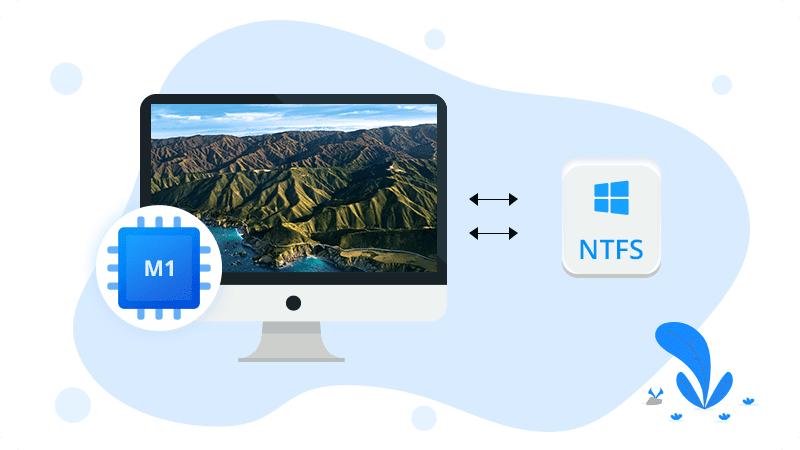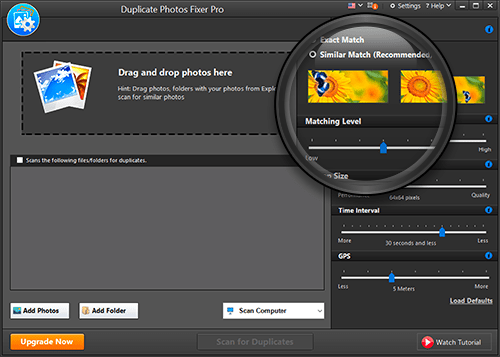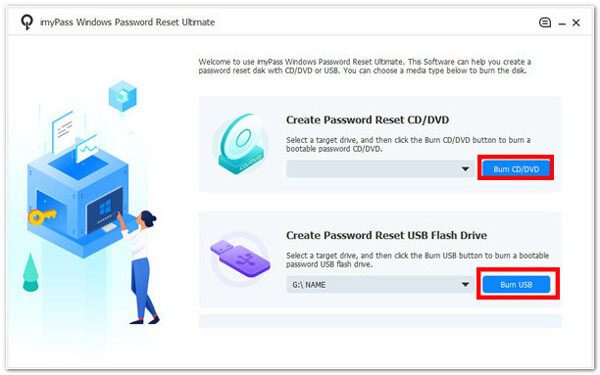Starting a data center is complex and expensive, in addition to requiring specialized personnel for both installation and maintenance, not to mention that it cannot be scaled according to specific needs. After all, the company seeks to grow and, to do so, the IT infrastructure must always be one step ahead, which leads to having more resources than employees need at a given time. And for most custom software development company , the proper functioning of a data center is essential, because if it fails, the work cannot be carried out. To avoid this situation, it is preferable to invest more.

However, cloud computing, also known as cloud computing or cloud computing, offers a different approach: the company, instead of creating, installing and maintaining an entire structure itself, uses the services available on the Web , since different data center services are offered on the Internet: computing power (or processor power), storage space, databases, software environments, etc. In most cases, this type of outsourcing is based on a rental concept, allowing services and capabilities to be added when necessary.
History of cloud computing
Contrary to what you may think, the interconnection of terminals in order to offer greater storage space and computing power to more users is not a new discovery. Already in the 1950s, the appearance of mainframes marked the beginning of what is known today as cloud computing. A mainframe was understood to be a central computer to which users could connect from different terminals within the same organization (whether companies or universities), allowing them to use its capabilities. However, in the beginning, users had to share time, that is, reserve computing time during which mainframe services could be used.
In the following decades , virtualization was developed , thanks to which completely virtual, abstract computing instances could be used. With the discovery of the Internet, everyone began to have access to these virtualized environments and finally their release in the nineties led to these models being available to the masses.
From then on, the cloud as a concept began to gain popularity, although it was not really until the new millennium when companies and individuals began to pay attention to this type of technology. The first cloud computing offerings were about individual services, such as storage space for data exchange or Google Sheets with which multiple users can work on the same document simultaneously. At the same time, Amazon began to make its wide range of servers available to users. The Amazon Web Services (AWS) platform allows other companies to use the eCommerce giant’s infrastructure and run programs on it.
Cloud computing is now part of many people’s daily lives. Most mobile phones, and more specifically the Internet of Things , are in constant contact with the cloud. For example, when users take a photo, mobile phones upload it directly to the Google or Apple cloud, so that the image can be accessed from other devices.
What is cloud computing?
Cloud computing is a generic term used to describe the hardware and software offering that can be made available over the Internet. However, it does not establish to what extent the provision of services takes place, ranging from cloud storage , which allows users to expand hard drive space with the storage capacity offered by remote servers, to cloud infrastructures. that allow companies to have complete data centers.
According to the publication of the National Institute of Standards and Technology (NIST) , the services offered that are considered within the concept of cloud computing must meet a series of characteristics:
- On-demand self-service : Users must be able to access the resources they need without having to contact the provider.
- Broad network access : Access to cloud computing is done over the Internet and does not require using a specific protocol or unusual techniques. The use of standardized methods ensures that all users have access to the service without problems.
- Resource Pool – The combination of different computing instances, which in most cases is a server farm, is practically a requirement for cloud computing. These pools allow several users to have the required storage capacity or computing power at the same time. Furthermore, the client does not have to know the device that is used for this, since the resources are allocated dynamically.
- Elasticity and scalability : resources must be available to users quickly and according to each user’s needs. In the best of cases, there are active automations that serve to activate or deactivate resources without intervention from clients or employees.
- Measurable service : The use of cloud services is being monitored at all times, providing transparency for both the provider and the user.
Cloud computing can also be understood as an attempt to enable access to computing at the same level as other infrastructure services, applying the following logic: computing power comes from the Internet in the same way that water comes from the tap. and electricity is obtained from the sockets. Just as most people don’t know how a power plant works, with cloud computing they don’t need to know the makeup of a computer. That is, users use the required resources (storage space, processor) without needing to know their origin.
Cloud computing is based either on a large processing center or on a server farm, where computers or servers are connected by pooling resources. This type of grid computing allows for high performance. Additionally, when combined with virtualization, virtual instances can be created within the network for individual users, even if they do not know which device the data is on. And, even if this information is not available, access takes place quickly and without problems.
Variants of cloud computing
Over time, different offers have appeared on the market, which differ mainly in terms of the layer model and the way of implementation , although they also differ according to the prices and services they support.
Layers model
Each layer refers to a specific model of the service: there are different types of “as a service” layers depending on the scope of the offer, which are organized in a pyramidal structure: while the infrastructure as a service model has the greatest scope, the Software as a service focuses on a specific application.
- Infrastructure as a Service (IaaS, Infrastructure as a Service). In this layer, the provider offers complete hardware solutions: processing power, storage space and network technology, in the case of completely virtualized instances distributed in the resource pool. IaaS serves as the foundation for the rest of the layers, although it is also offered as an individual product.
- Platform as a Service (PaaS, Platform as a Service). This layer goes one step further and makes not only the hardware but also a complete environment available to the user. PaaS is designed primarily for software developers. The provider is responsible for providing a development environment already created in the cloud on hosted hardware, so programmers save installation and maintenance of the environment.
- Software as a Service (SaaS): at the top layer, users are offered complete software in the cloud, which is why SaaS is designed above all for the average consumer, who will not need installation or maintenance. and you are sure that the hardware performance is sufficient for the software to function. To access the software, users use either the web browser or a restricted program that uploads the main part to the cloud.
- Everything as a Service (XaaS). Along with the three models mentioned, other services are being advertised with increasing frequency, although this is normally due to marketing reasons. A XaaS is used to designate any of the previous layers, although it may also happen that it has no relation to cloud computing. This is the case of Humans as a Service (HuaaS) which describes a type of crowdsourcing.
Deployment model
These models describe the type of offering: are the instances reserved for a single user or company or are they shared in a pool with other users?
- Private cloud – The server will be used by a single user. A private cloud can be, but is not required to be, on an internal network (internal cloud). Even with a hosting provider with server farms, it is possible to use dedicated hardware that the rest of the provider’s users do not have access to.
- Community cloud : A community cloud works similarly to a private cloud, except that in this case several clients share a dedicated hardware instance. The combination of users is not coincidental, but rather they belong to the same business field or share the same interests. This type of cloud can be managed both internally and externally and represents cost savings compared to the private cloud.
- Public cloud : This type of implementation corresponds to the true ideal on which the cloud concept is based. The user uses, like the rest of the people, the same connection to the server and does not know who uses what hardware, nor can he determine it.
- Hybrid cloud : This is a fusion between public and private cloud. It is the company or individual that decides which part of the operation takes place in the private cloud (for example, important security aspects), and which part is assigned to the public cloud.
Advantages and disadvantages of cloud computing
Cloud computing offers numerous advantages, especially to small and medium-sized companies: the acquisition of your own IT structure that includes servers is complicated, as it requires a significant financial investment, in addition to a constant maintenance service, which requires specialized personnel. . Likewise, in the best of cases the data center grows with the company, although this does not mean that it does so according to the required resources. Instead, hardware is purchased in predetermined cycles, estimating future demand. All of this implies an acquisition of resources greater than what is really needed.
However, most software development services and other businesses cannot operate without a data center. This is why cloud computing is a plausible solution, as it adapts to resource requirements. Both the installation and maintenance of the hardware become part of the work of professionals, so the company will only need simple and affordable terminals that users use to access the cloud computing offering.
In addition, professional server farms, such as those used by cloud computing providers, often have better protection than could be achieved locally, with security personnel preventing third-party access, technicians protecting the servers from attacks Digital and protection experts ensure that data is not damaged or destroyed. Added to this is that some cloud computing providers make mandatory backup copies.
But these systems also have drawbacks, which is why many companies are still reluctant to implement them. For some companies, the lack of adaptation is one of the reasons for rejecting its implementation, since it creates a dependency on the configurations of different providers. In addition, if the supplier for some reason stops offering its services, the company faces a real problem. To all this we must add the need to have a stable Internet connection, because if it is interrupted frequently or is very slow, the work is not effective.
Despite everything, data protection is probably the topic that gives rise to the greatest reluctance: while it is true that data is protected in the storage space, transmitting it over the Internet always represents a risk. Another problem has to do with the location of the data center, since while European providers have to comply with the regulations of this continent, the rest of the international providers follow other standards. For example, US companies are required by law to disclose data to US authorities if required. Because companies that use cloud computing often deal with sensitive data from third parties, they tend to view this issue with some skepticism.
It is also worth keeping in mind that cloud computing is not free, so users must take into account the resources they require and, above all, when. Companies tend to hire more resources than they need, since the costs are in principle very low. But these accumulate, although this is not always the case: many providers make short-term instances available as soon as they are no longer used, which reduces costs

Author Bio:
Glad you are reading this. I’m Yokesh Shankar, the COO at Sparkout Tech, one of the primary founders of a highly creative space. I’m more associated with digital transformation solutions for global issues. Nurturing in Fintech, Supply chain, AR VR solutions, Real estate, and other sectors vitalizing new-age technology, I see this space as a forum to share and seek information. Writing and reading give me more clarity about what I need.








